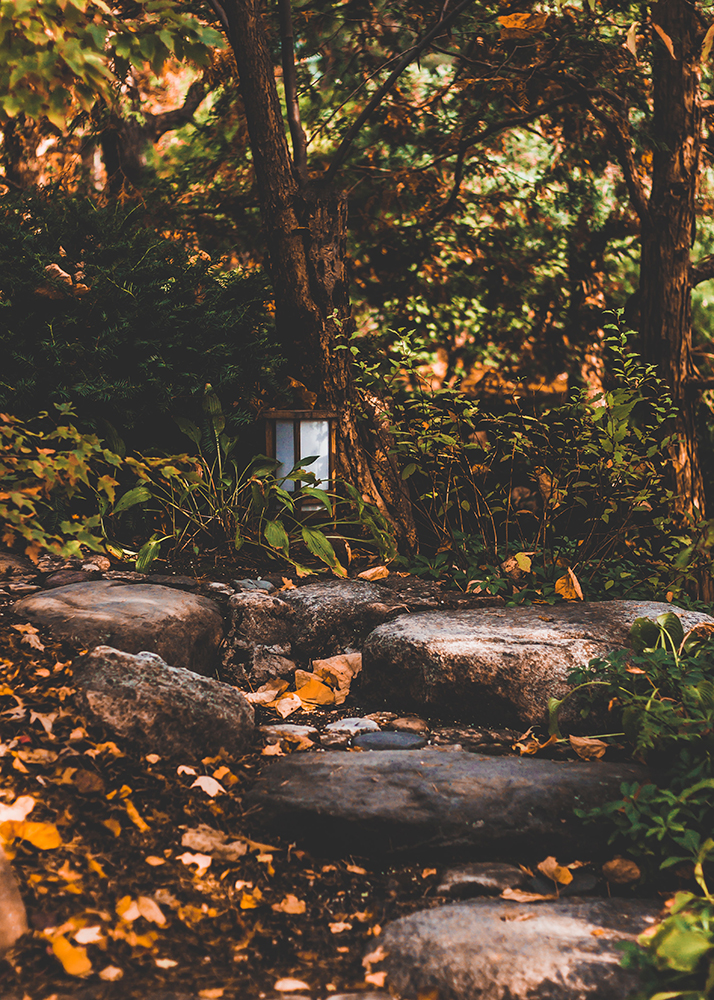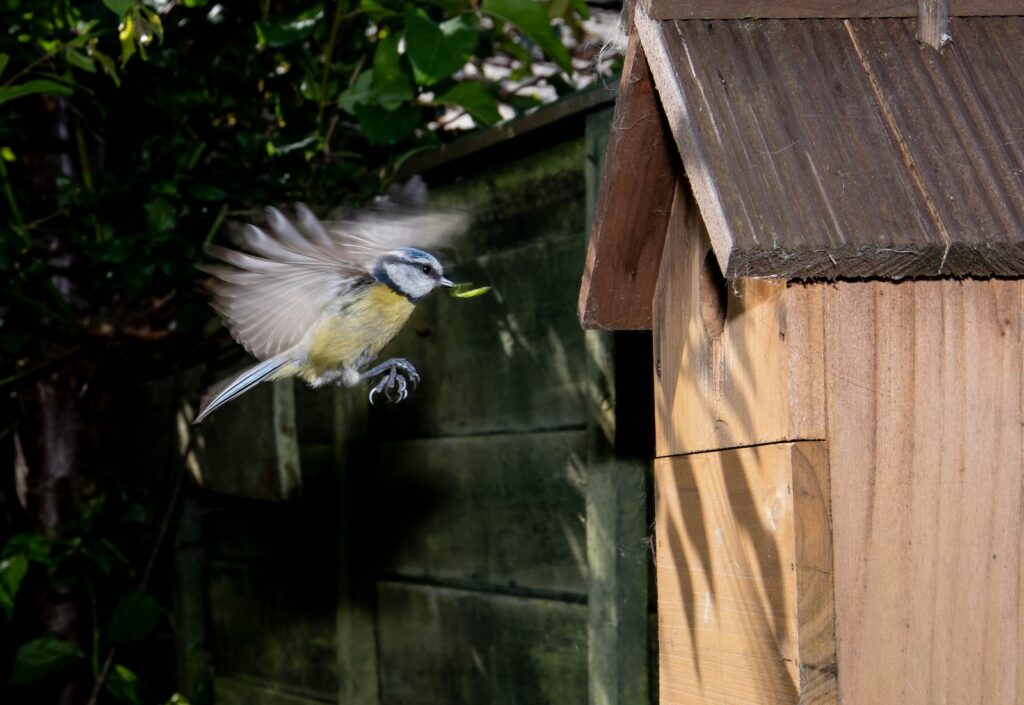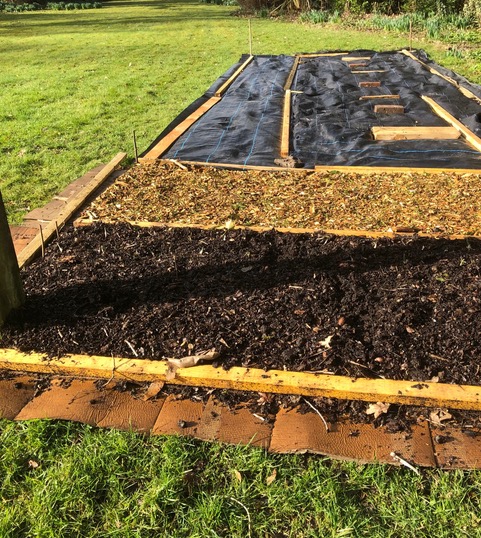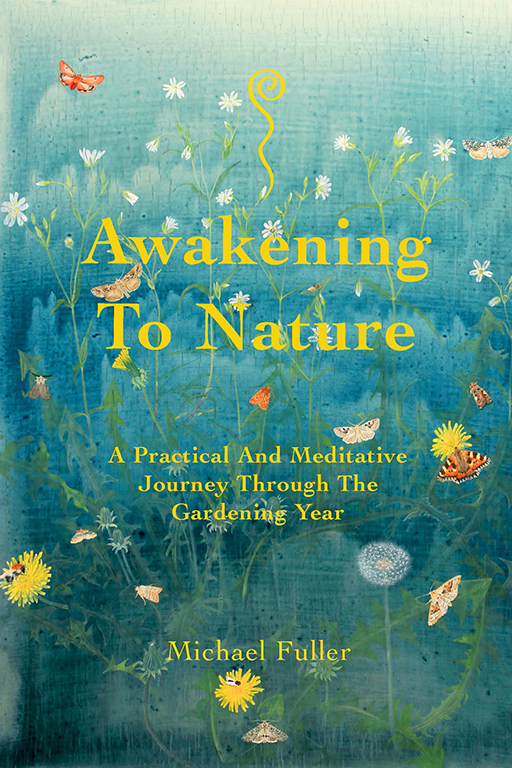Compost – the heart of the garden.
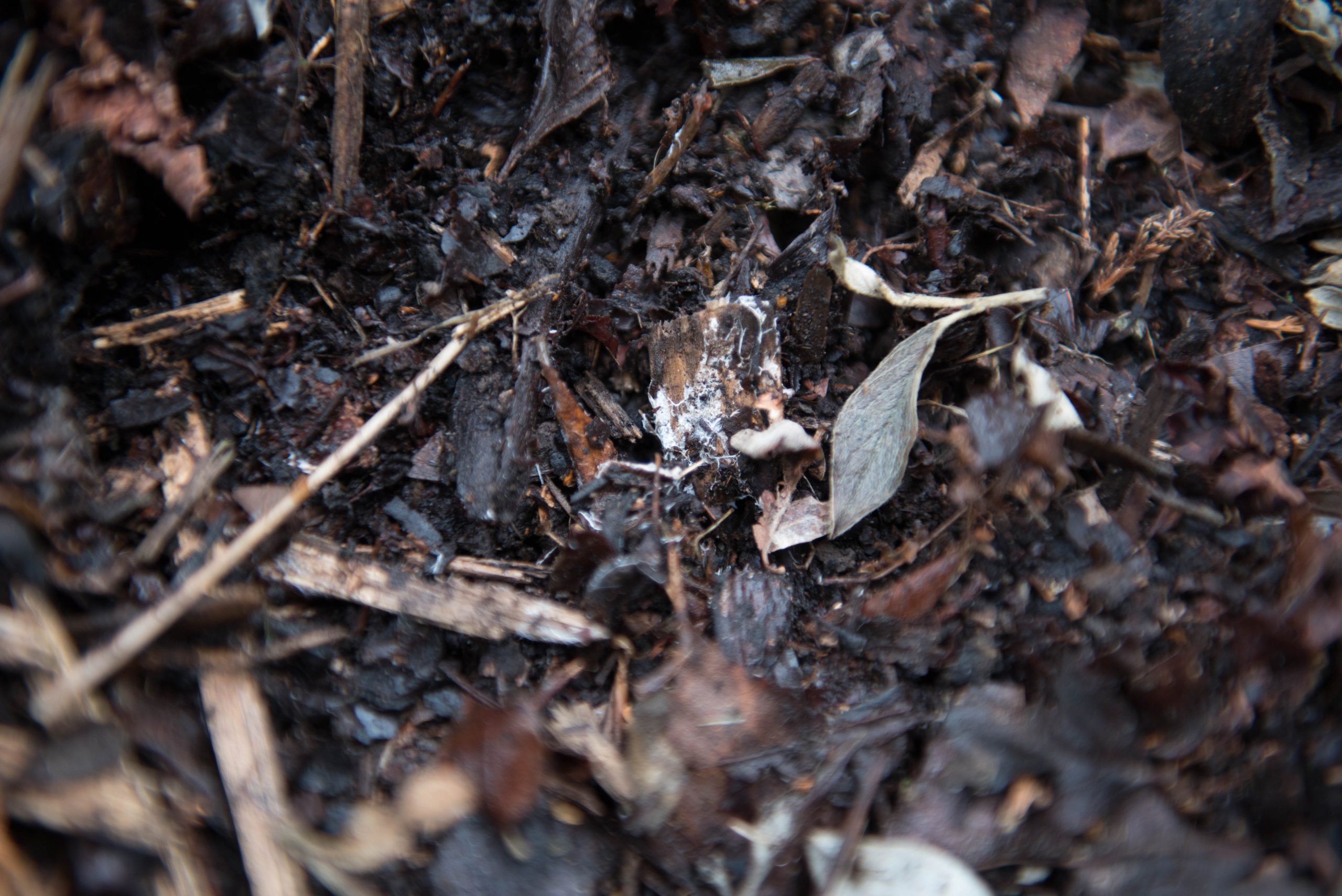
Last month I wrote about changing our attitude to garden ‘rubbish’ and mentioned that the best place to put weeds, grass and leaves is the compost heap. This month I would like to go into this subject in a little more detail: it is no exaggeration to say that the compost heap is the heart of the garden as it really does bring circulation, warmth and life.
As mentioned above, composting is one of the best ways to recycle material in the garden. thus creating a beneficial circulation of organic matter. This, however, is secondary to the main aim: which is to bring added ‘life’ to the compost and subsequently to our garden and its plants. This would be the way to think of the compost heap – through our work of combining, mixing and adding, which will be described below, we are ‘adding value’ to what nature has given us. Whoever has stood next to a good working compost heap: not too wet or dry, nor too hot or cold, will experience a kind of calm but dynamic balance as the materials within it gently decompose; it is warm and gives off a healthy odour. If the heap does not appear like this then it may be out of balance, the most important conditions to bring optimum balance and life potential will be listed. Following this will be a brief description of the different composting systems.
Conditions.
- Aim for a good balance between wet and dry material. An ideal balance would be a third grass cuttings, a third leafy weeds, a third leaves/ shredded prunings. In very dry weather it might be necessary to water your heap, in wet weather covering with a semi-permeable fleece may be necessary.
- In addition to the core elements above add fruit and vegetable peelings and animal manure, if possible. The manure can be from horses, chickens or if you are really fortunate, cows, ideally from organic or chemical-free situations. All these materials are rich in nitrogen and act as a balance to the carbon in the more woody materials. Animal manure, particularly from a cow, is really useful due to the powerful regenerative affect the animal’s digestive system had on the grass it ate, which will then continue working in the heap bringing further vitality. ( Never add faecal matter from cats and dogs: this is poisonous for the heap with toxins harmful for human health.)
- Turn or mix the materials. Mixing is the best way to bring balanced rotting into the heap, avoid creating thick layers of dry material on top of wet. It is almost inevitable that at some time during the gardening year the heap will become like this, it is then that it will be important to mix the dry with the wet using a fork or a spade; alternatively, the whole heap can be turned at a later date ( into a space nearby) with a chance then to mix up the materials.
- The compost heap is not a rubbish dump. Never put thick woody prunings over 1cm maximum diameter in your heap, these should go in eco-heaps as mentioned in my last article. Never put in man-made materials – plastic, metal or glass; also never put left-over cooked food in the heap (although this is technically compostable it will quickly encourage rats). Compostable plastic, cardboard and paper are possible as long as the first condition of a balance between wet and dry materials is maintained.
- Add biodynamic compost preparations. These 6 preparations, made with yarrow, nettle, dandelion, and other native plants have been developed to bring the maximum life potential to the heap, which will then work on in your soil when the compost is applied. They can be added separately or can be sprinkled in a dry mix. These preparations add very specific qualities such as stimulating plant growth, enabling extraction of trace elements, combating diseases, helping plants connect to their local environment and more. They have been used for many years on the Biodynamic farms at Tablehurst in Forest Row and Plaw Hatch in Sharpthorne. Anyone fortunate enough to have eaten food grown on land enlivened with biodynamic compost will know the wonderful taste and vitality that imbues such food. For more information on these preparations please visit my website or talk to someone at one of the farms.
- Keep the heap in contact with the earth to allow worms in. Worms are a very important element in a compost heap, both helping the decomposition process and adding valuable nutrients through their digestion. (If using a compost bin it is best to use one with an open base, if rats are a concern then choose one with a plastic base with small holes in).
Composting systems
A) Heaps. The simplest system is a heap. Build it directly on the soil, perhaps 6ft long and 3ft wide and high (For a medium-sized garden of about 100ft x 30ft). After 6 months turn it into a space next to the heap; allow it to decompose further if necessary for a few more months before gradually using it.
B) wooden frames. These can be bought purpose-built or home-made with pallets: for a medium garden, I would suggest at least 2 with dimensions of 4ft x4ft x4ft. The advantage of these is that the material is held in place, so could look tidier but the compost still ideally need to be turned.
C) Plastic compost bins. These are useful where space is at a premium; here one cannot really turn the material so it is important to add a good balance of wet/dry material at all times.
D) Tumblers. Again best for a small garden with the added advantage of being able to mix the material. As there is no contact with the soil It would be important to add some worms (either from a supplier of compost worms or perhaps from a friend’s heap).
In conclusion, be patient and observant. A compost heap will take about 6-9 months to mature, and will need attention and interest throughout this time, but caring for the heart of the garden is a fascinating process and well worth the effort.


